Walking on one of the most beautiful paths of eastern Crete, through black pine forests.…
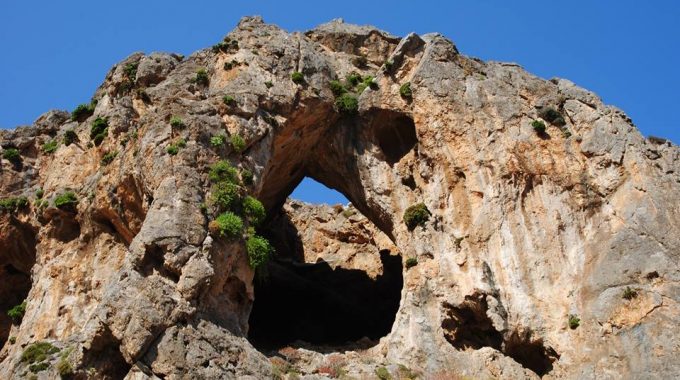
Sitia Geopark
The Natural Park of Sitia is on the easternmost edge of Crete, in the Municipality of Sitia. It covers the entire area of the former Municipality of Itanos, as well as parts of the former Municipalities of Lefki and Sitia. Geographically, it extends from cape Kavo Sidero, in the north, to the southern coast of the Municipality, the edges of the city of Sitia, to the west, and the coast of Zakros, to the east. It is mainly a mountainous area, with the Zakros Mountains dominating the landscape and the lace-like coastline all along the shores. Park’s boundary have been assigned in detail covering an area of 361,4 km2 (or 361,4 hectares).
History
The province of Sitia is teeming with archaeological sites, places of memory and history. The past of Eastern Crete has been intensely studied since the end of the 19th century and the early 20th century, when explorers and researchers arrived to record its history and that is when the first excavations began.
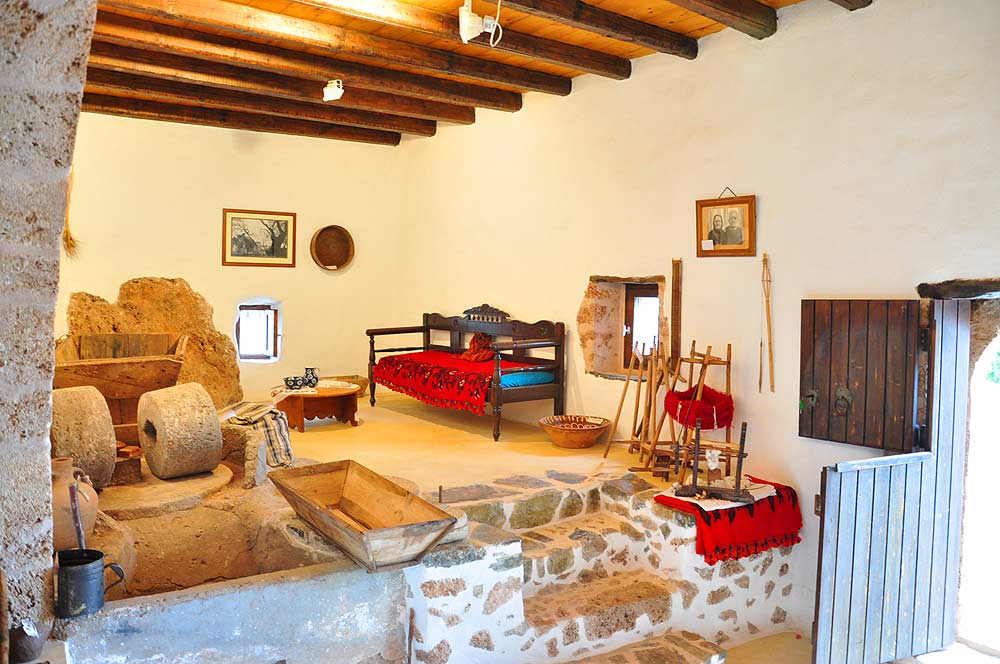
The Neolithic presence at the easternmost end of Crete is confirmed by the variety of artifacts, utensils and tools, such as those found at the significant Neolithic home of Magassa and caves such as Mikro Katofygi and Pelekita.
During the Bronze Age, due to its geographic position, the easternmost end of the island was Crete’s gates to eastern Mediterranean ports. Organised trade, transactions and accumulation of goods, led to the creation of major urban centers, such as Palekastro. Even Petras and Zakros were at some point port-cities with central public buildings and activities that were both administrative and religious, following the model of other Minoan “palaces”.
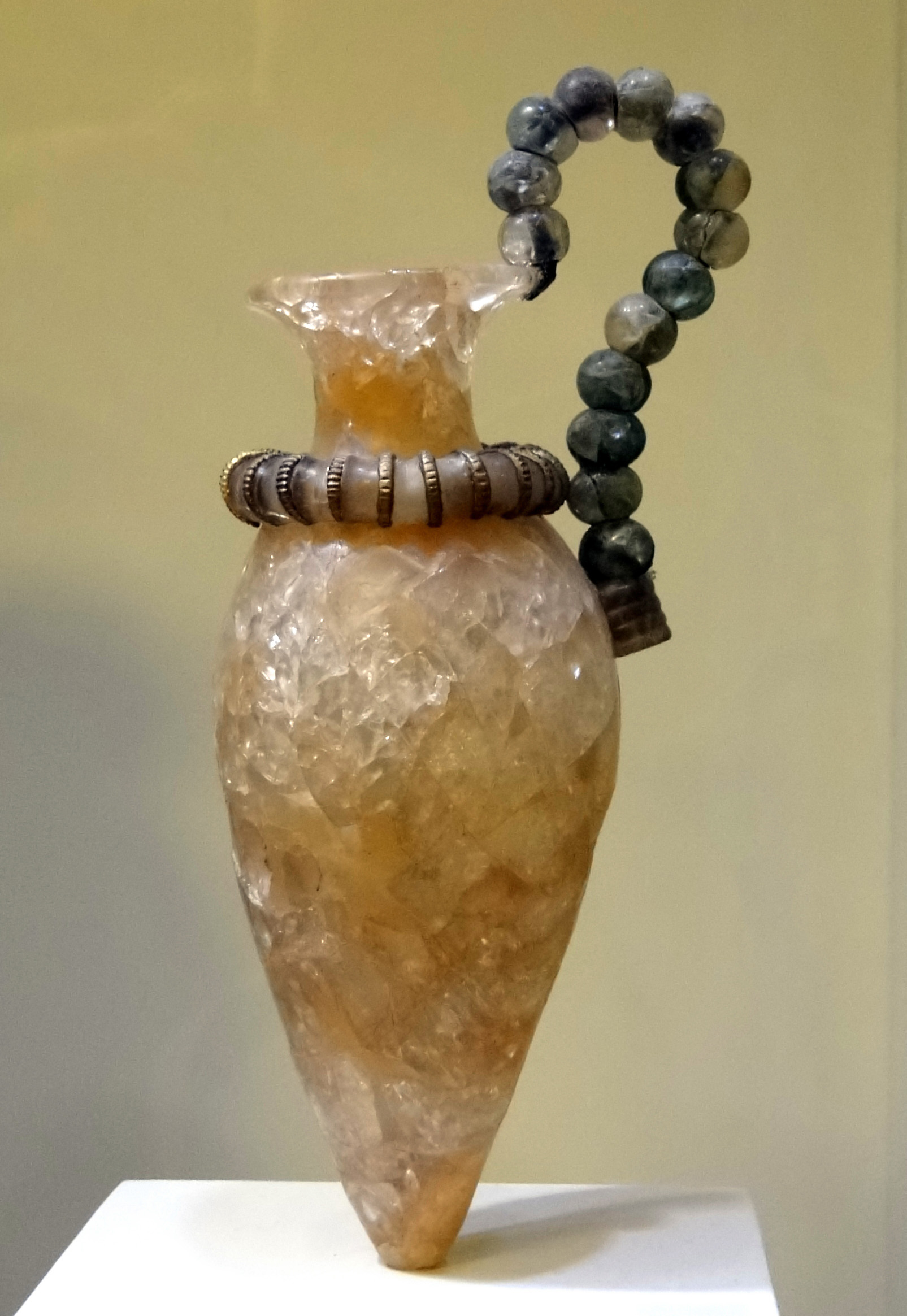 Above the ruins of Palekastro we encounter, from the Geometric period and onwards, the renowned temple of Diktaios Zeus; control of the temple and its rich income resulted in constant dispute raging between the three most powerful cities of Eastern Crete in historical times, namely, Praisos, Itanos and Hierapytna. Of these, Praisos (north of Chandras) was considered the centre of Eteocretans, the ancient residents of the island, who retired to that position after the invasion of the Dorians, salvaging the “Minoan” character of their language, religion and way of worship.
Above the ruins of Palekastro we encounter, from the Geometric period and onwards, the renowned temple of Diktaios Zeus; control of the temple and its rich income resulted in constant dispute raging between the three most powerful cities of Eastern Crete in historical times, namely, Praisos, Itanos and Hierapytna. Of these, Praisos (north of Chandras) was considered the centre of Eteocretans, the ancient residents of the island, who retired to that position after the invasion of the Dorians, salvaging the “Minoan” character of their language, religion and way of worship.
Itanos was a great port and a transit point for trade between the East and Crete, which grew rich through trading raw materials with the Phoenicians, and which retained its splendour until the Romans settled on the island. During the Classical Period these cities had their own political system (kingdom, republic) and operated in the model of city-states of continental Greece. Cases of rivalry and war between them were not rare, even up until the Hellenistic Period.
During Byzantine times the economy of the island was mainly agricultural and pastoral. However, the large number of paleochristian churches, such as those at Itanos, stand witness of the relative wealth and stability. From the middle of the 7th century AD the Arab threat started becoming more apparent and Cretan shores often suffered the raids of the Arab fleet (e.g. the destruction of Itanos). During the Arab conquest of Crete a unique type of Arab emirate was founded, supporting its survival on piracy and the economic repression of local population. When Crete was reclaimed by Nikiforos Fokas (961 AD) and it was reconnected to the main body of the Byzantine Empire and a new period started for the island history.
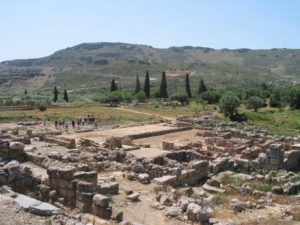 In the early 17th century the pinnacle of Cretan literature was created, i.e. “Erotokritos”, love poem in rhyming verxe by Sitean Vincenzo Kornaros. Today we also encounter glorious examples of those times, such as the historic stauropegic Monastery of Panagia Akrotiriani or Toplou, a building of the 15th century, as well as the villages of Etia and Voila, where significant Venetian buildings still stand (towers, churches, houses).
In the early 17th century the pinnacle of Cretan literature was created, i.e. “Erotokritos”, love poem in rhyming verxe by Sitean Vincenzo Kornaros. Today we also encounter glorious examples of those times, such as the historic stauropegic Monastery of Panagia Akrotiriani or Toplou, a building of the 15th century, as well as the villages of Etia and Voila, where significant Venetian buildings still stand (towers, churches, houses).
Activities
Karidi – Honos – Vrisidi
Our route starts from Karidi village at 600 meters altitude. As we walk a few hundred meters west of the…
Sitia Nature Park offers many activities for the visitors wishing to relax at a traditional and unique part of Crete, enjoy themselves at the marvelous beaches or even test their limits with extreme and outdoor activities.
In addition, visitors will find famous places worldwide for surfing, rock climbing, canyoning and caving for the more daring.
Pano Peristeras Cave
It is one of the biggest caves in Crete. There is an underground river with a mapped length of routes…
Peristeras Cave
The elevation at the entrance is 540 metres, whereas the elevation at the rim of the doline attains 564 metres.…
Oxo Latsidi Cave
The elevation is about 610 metres. The cave is formed in Jurassic limestone. A little more northern, there are Permo-Triassic…
Pelekita Cave
Located north east of the small coastal village of Kato Zakros, between Karoumes and Kato Zakros beach. The cave can…
Adravasti Gorge
It is the most unknown gorge of Palekastro - Zakros region. Its exit is just 1 km north from Adravasti village…
Zakros Gorge
About 1,5 km to east of the village of Zakros, starts the Gorge, which ends at the bay of Kato Zakros,…
Zakros – Ziros (E4)
One of the most spectacular hikes of eastern Crete is the route of extremely beauty between two traditional and historical…
Kato Zakros – Xerokambos
Kato Zakros - Xerokampos The route starts from the southern point of the beach of Kato Zakros. For information please…
Kato Zakros – Skopeli – Pelekita
The route begins near the entrance of the gorge of Kato Zakros. There is a relative sign, which will lead…
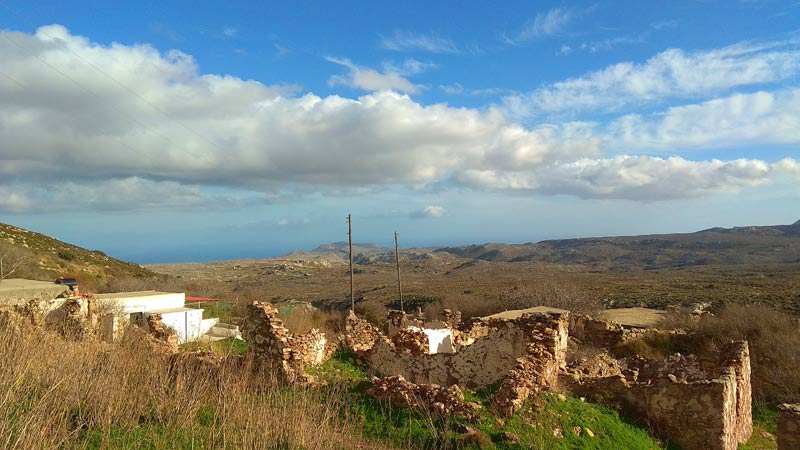
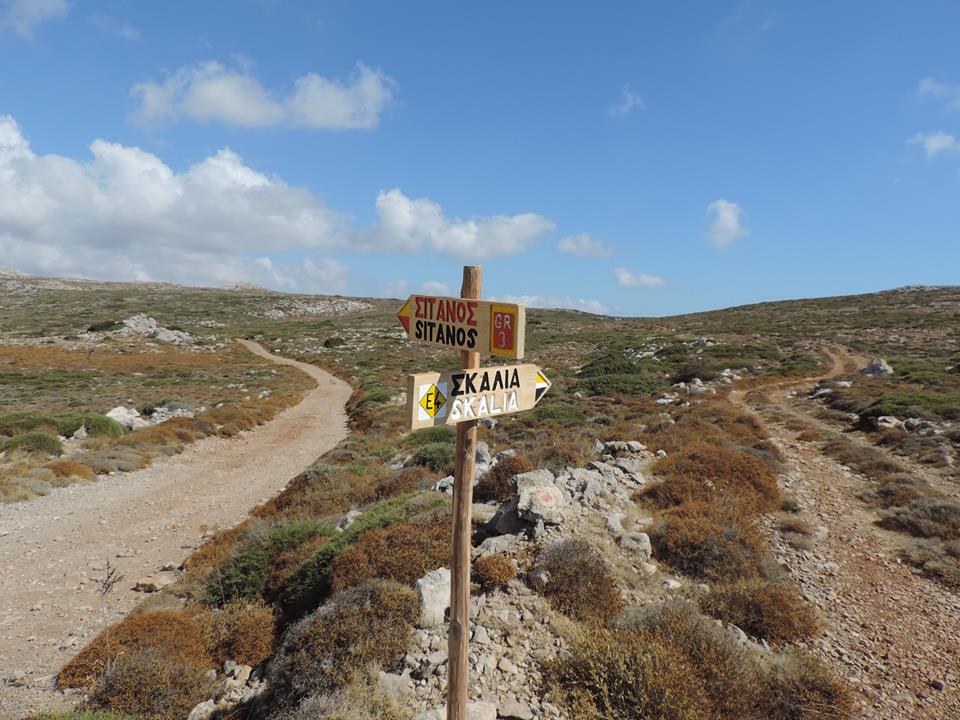
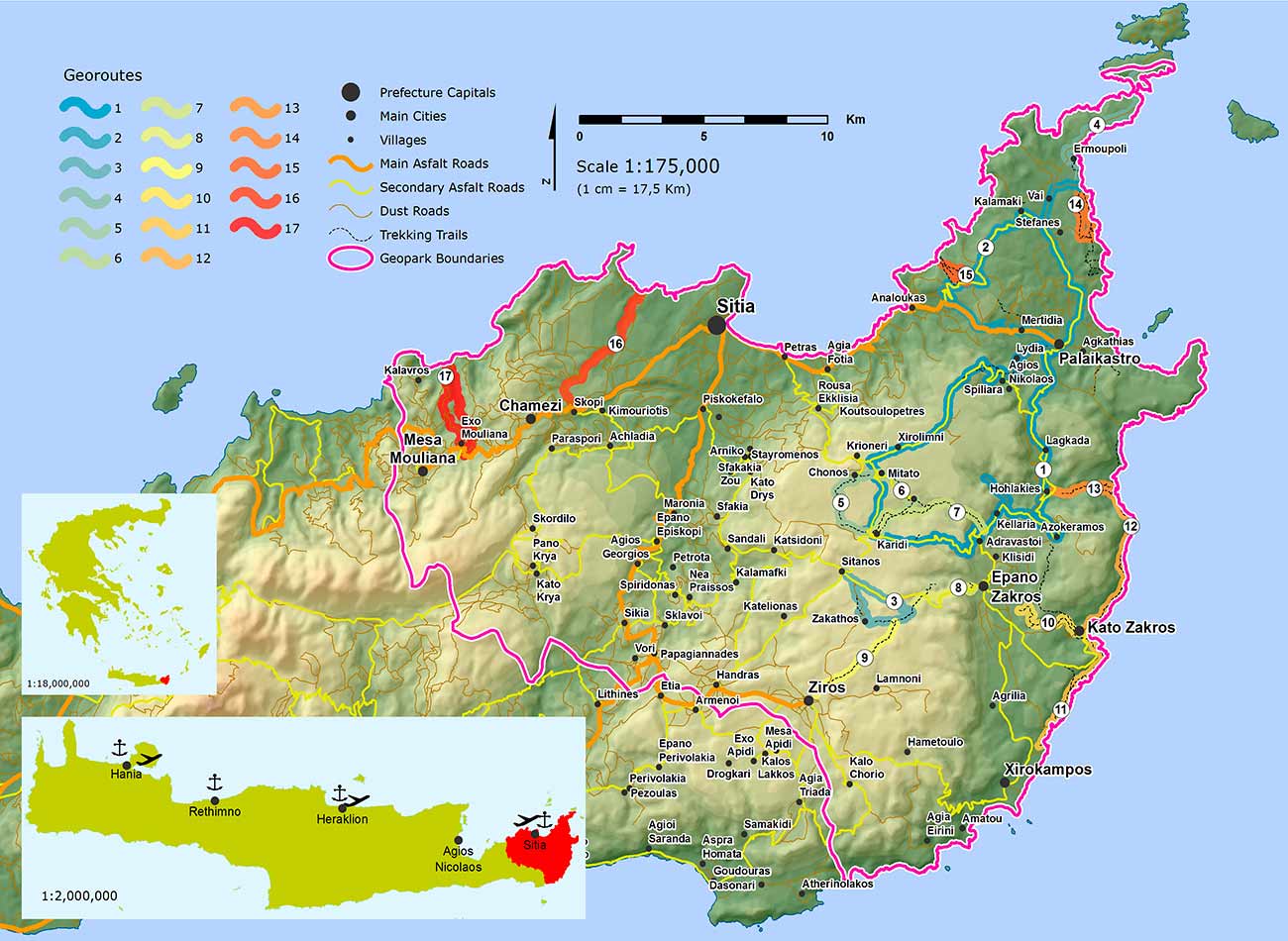
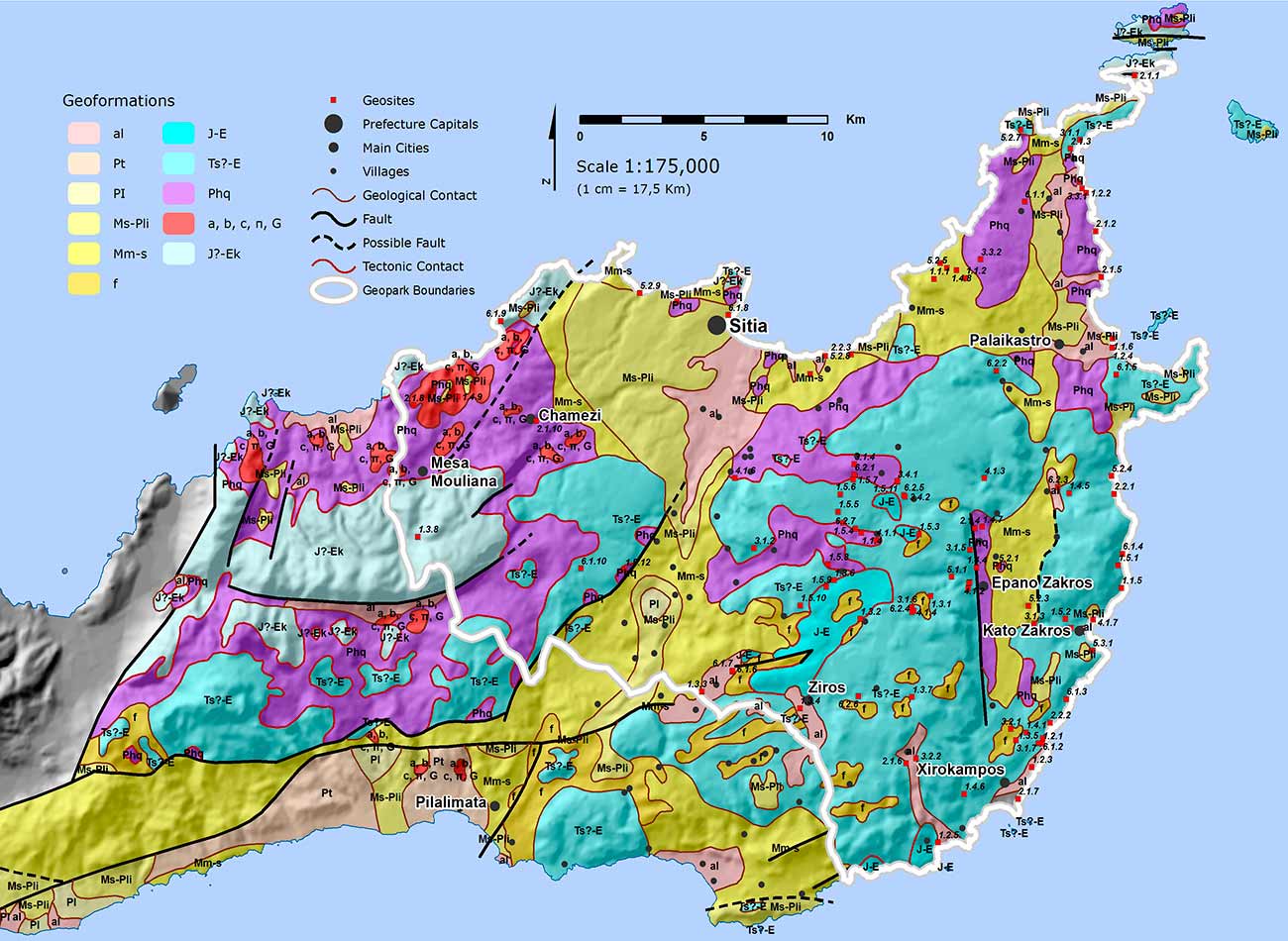
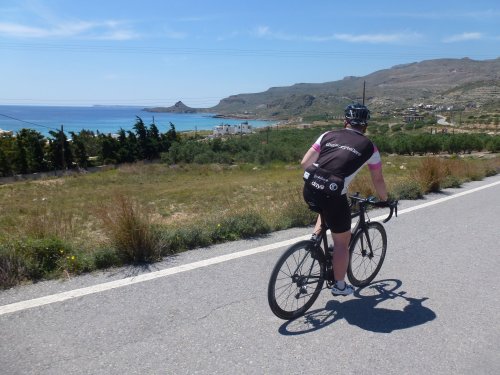
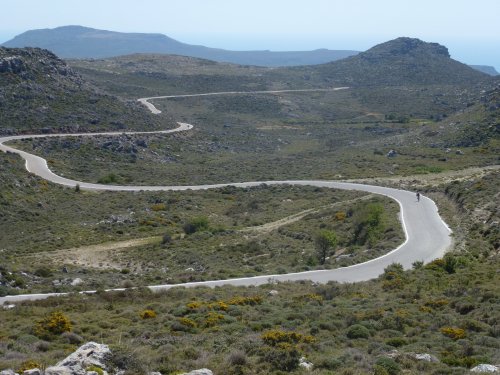
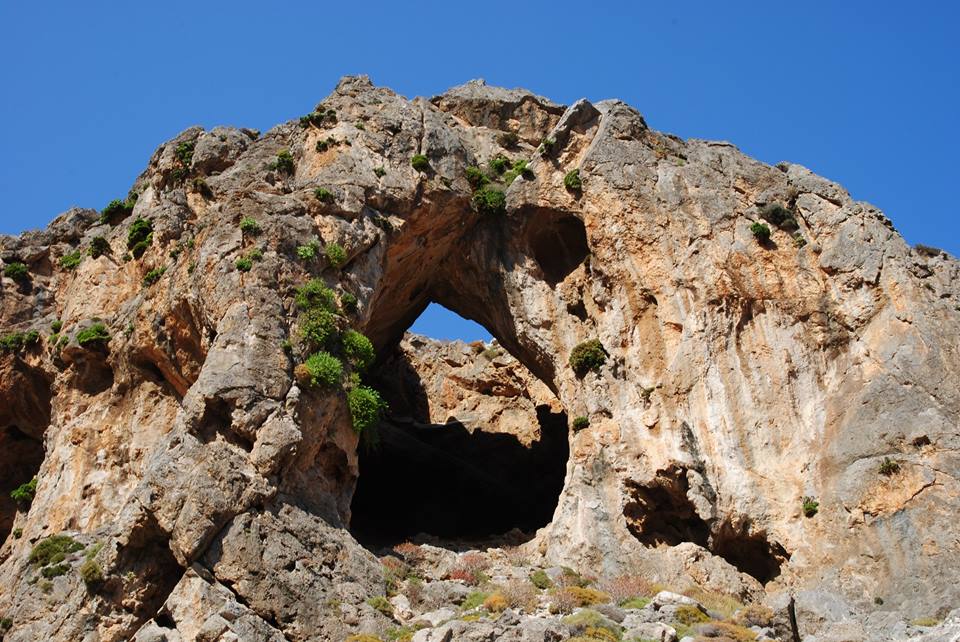
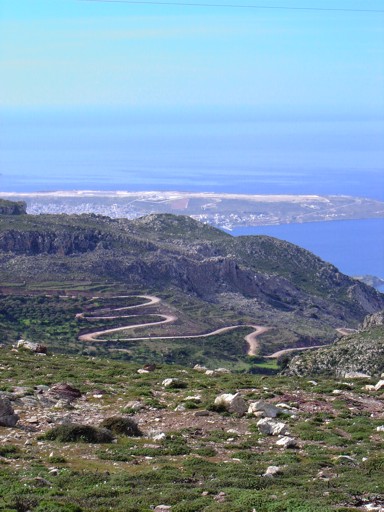
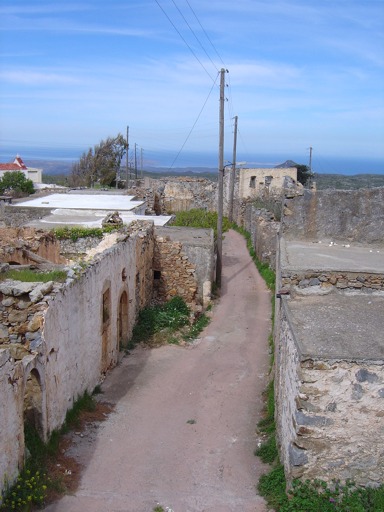
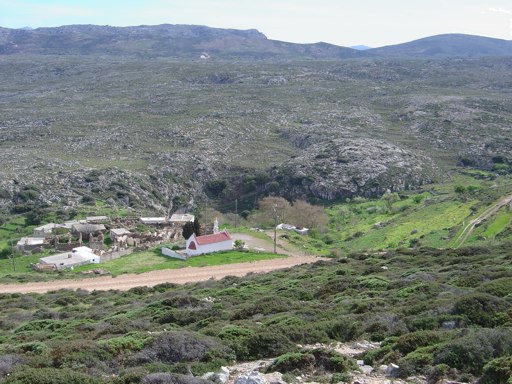

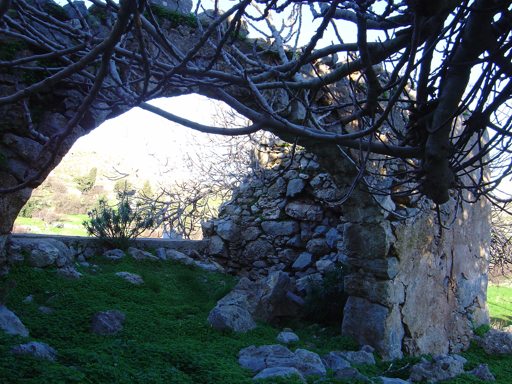
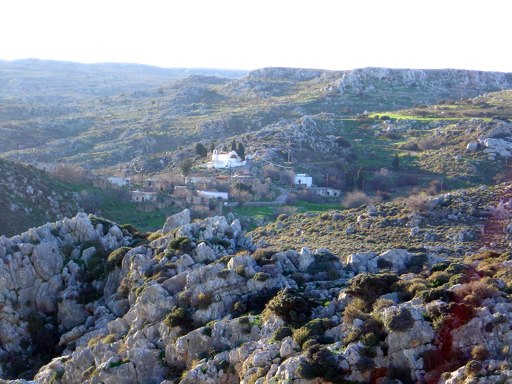
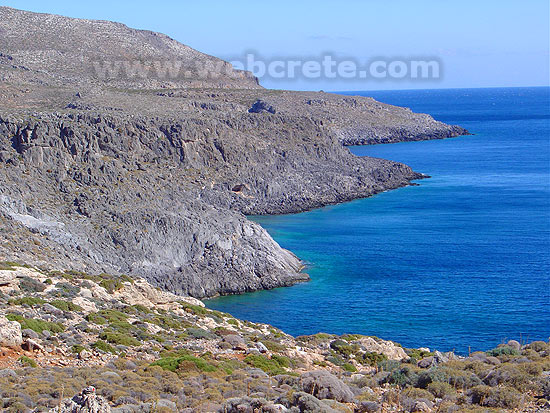
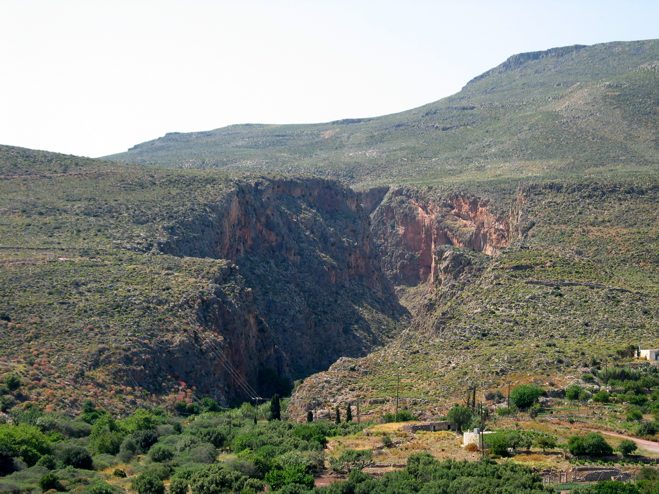
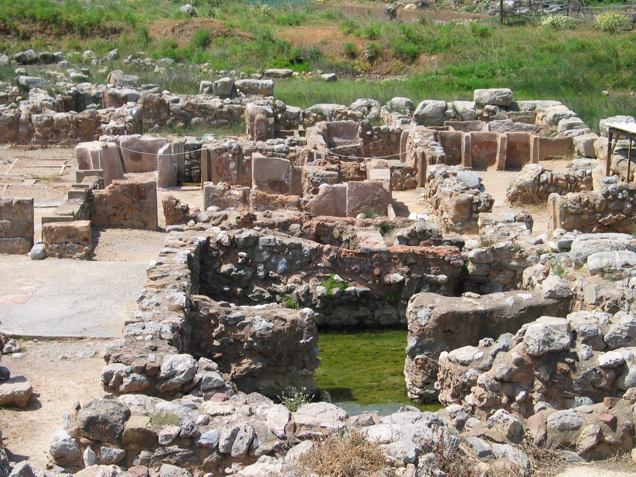
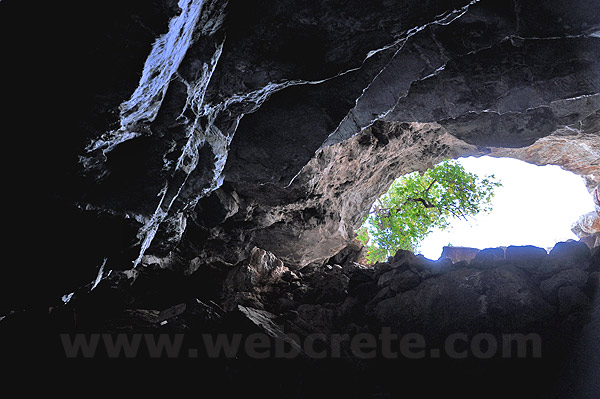
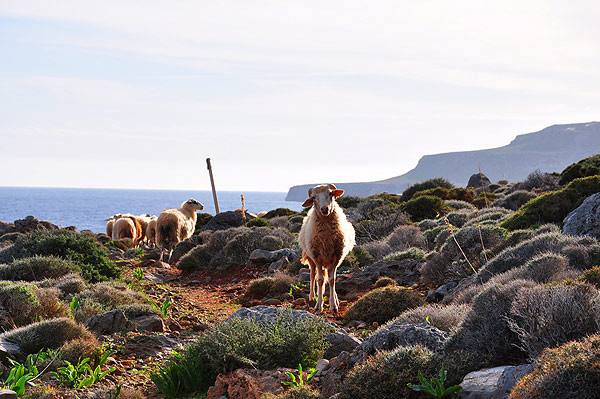
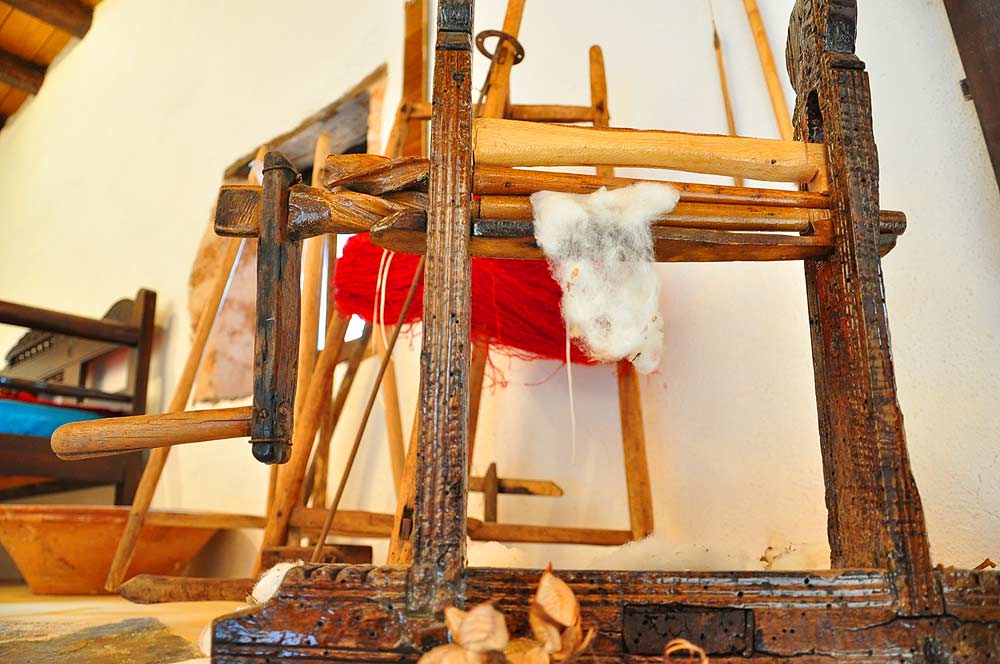
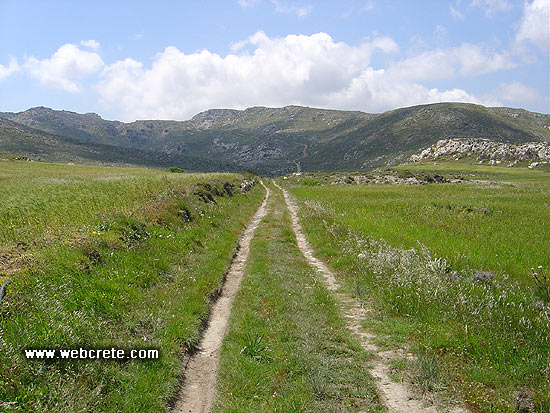
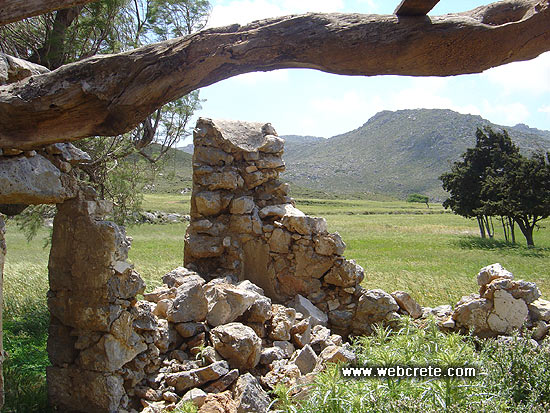
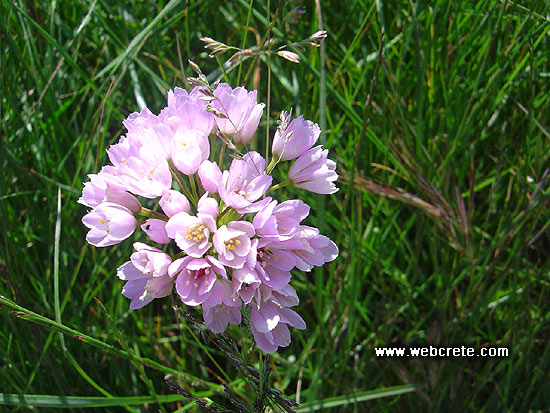
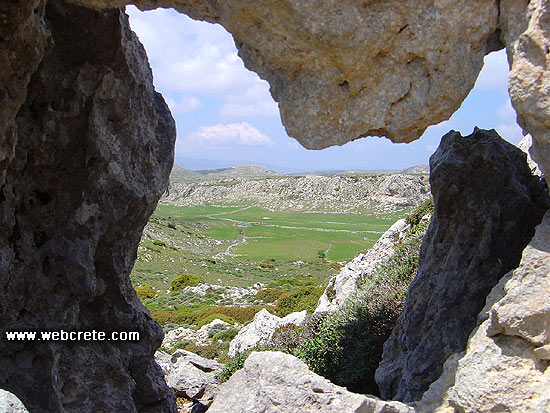
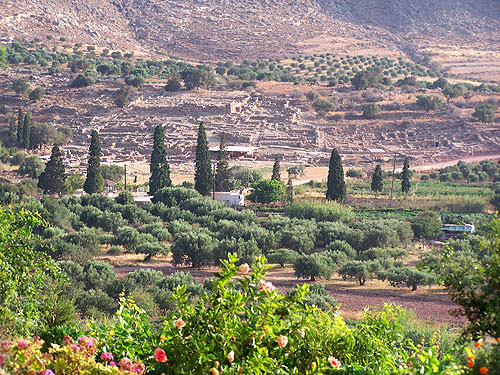
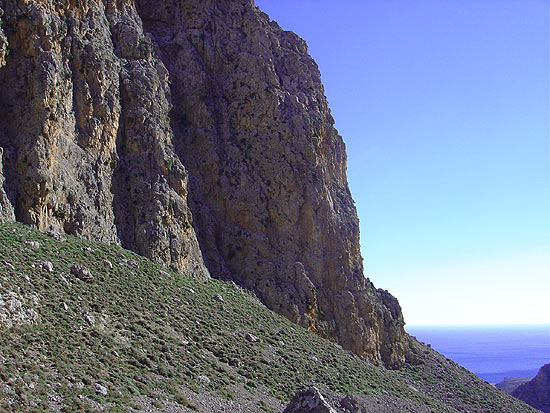
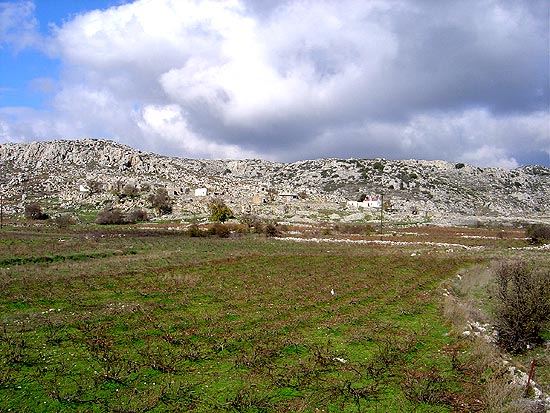
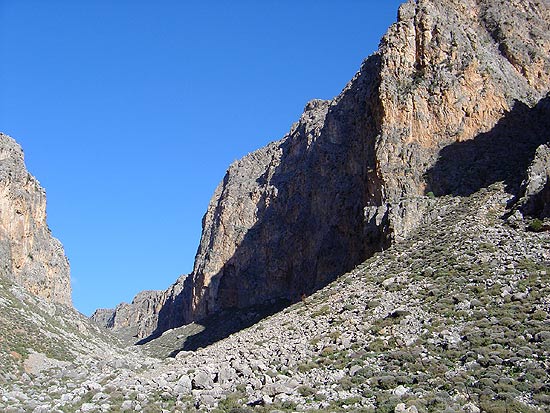
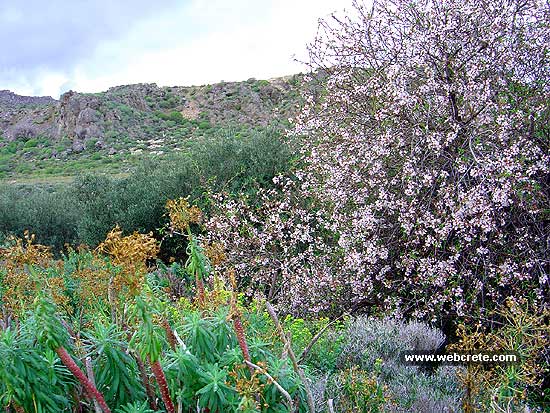
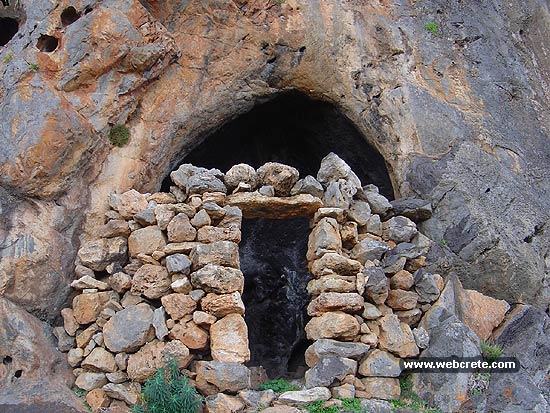
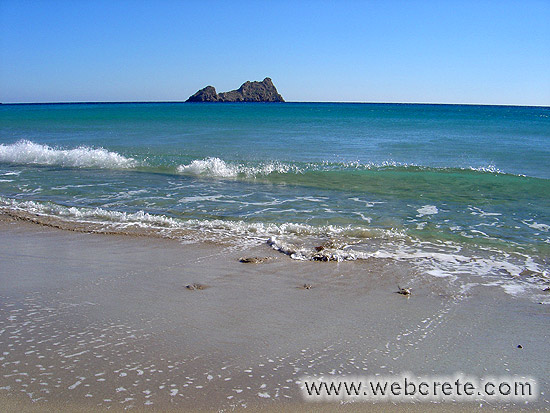
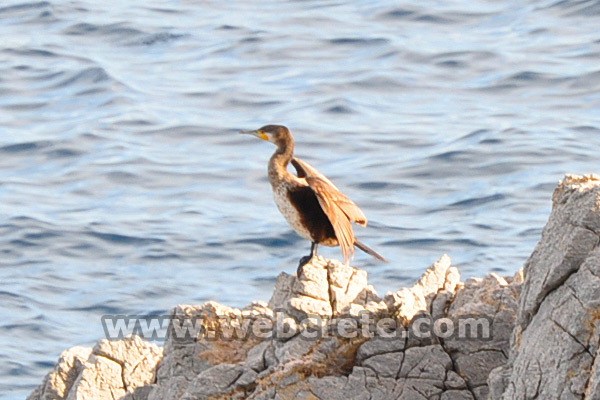
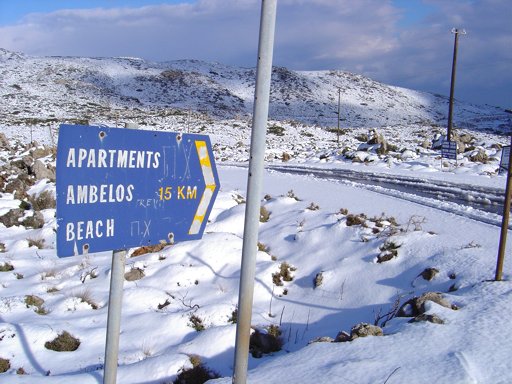
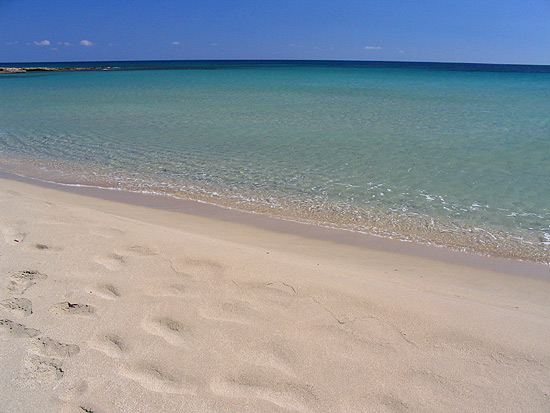
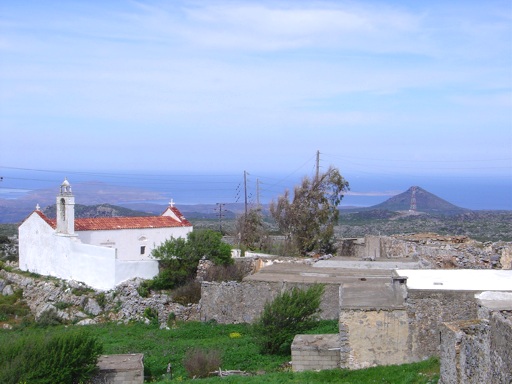
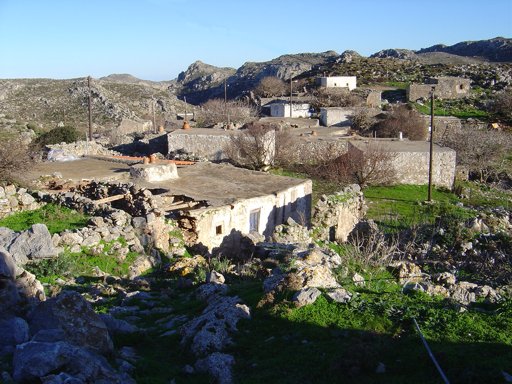
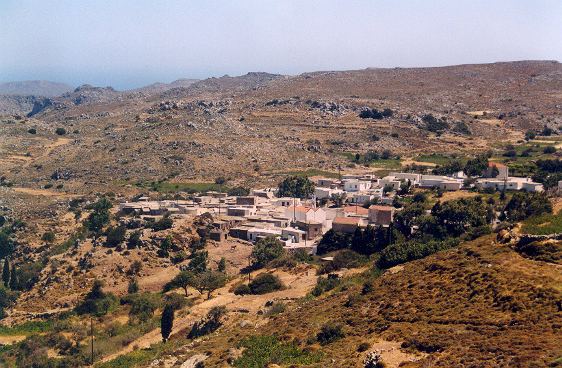
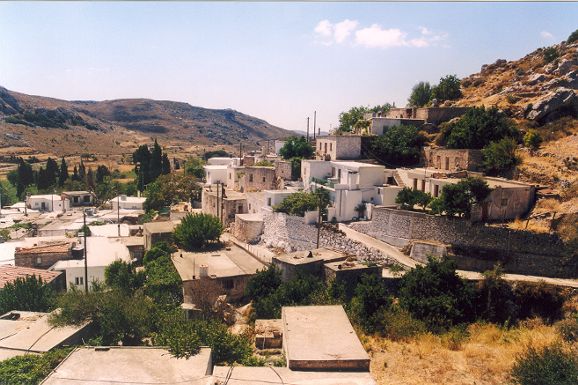
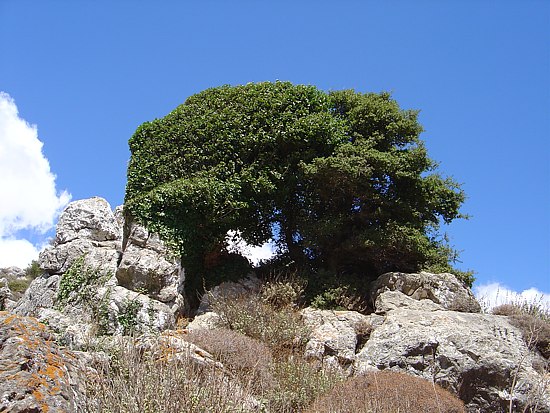
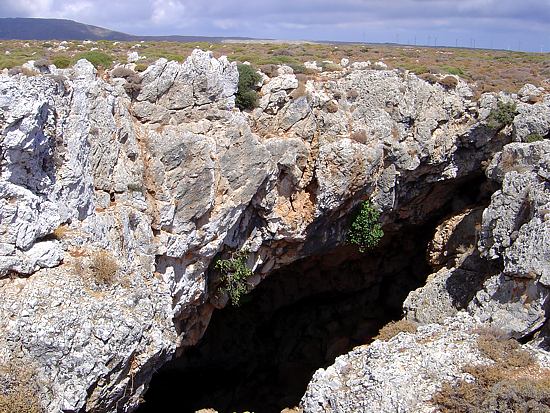
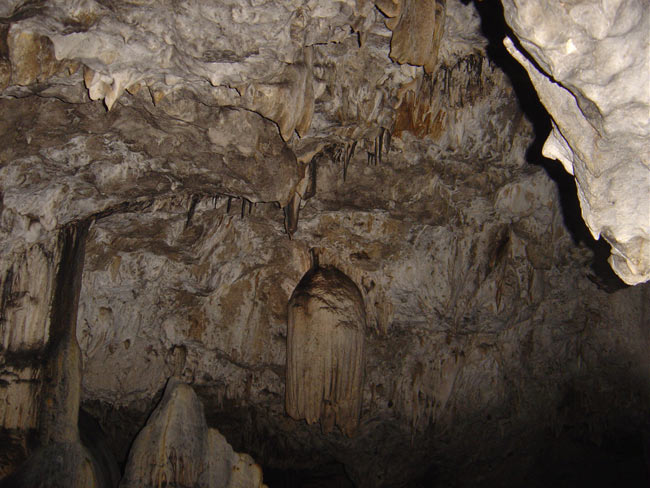
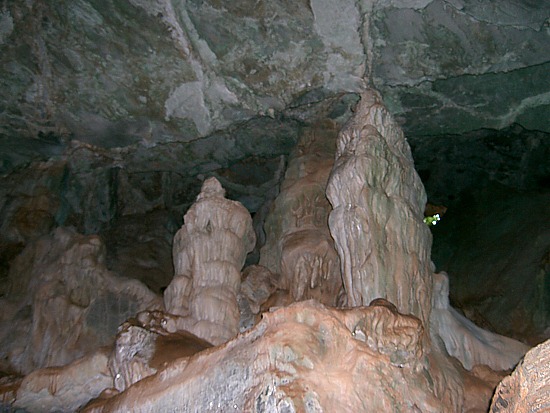
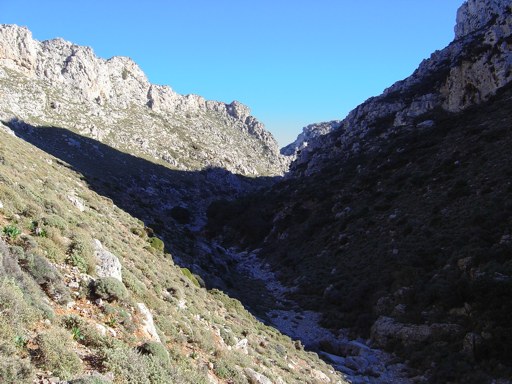
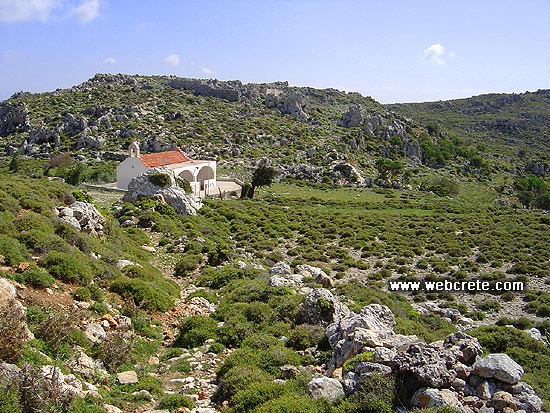
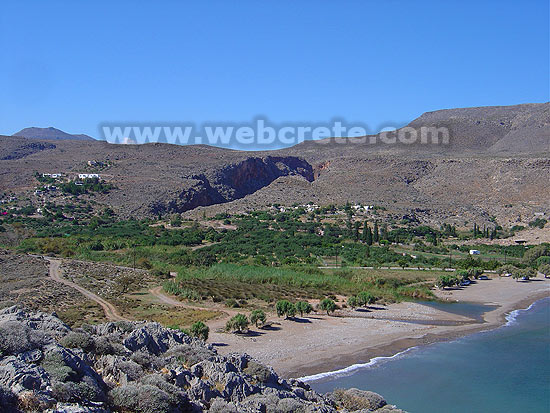
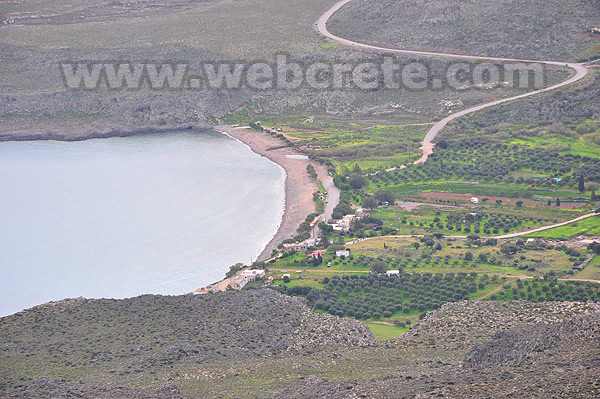
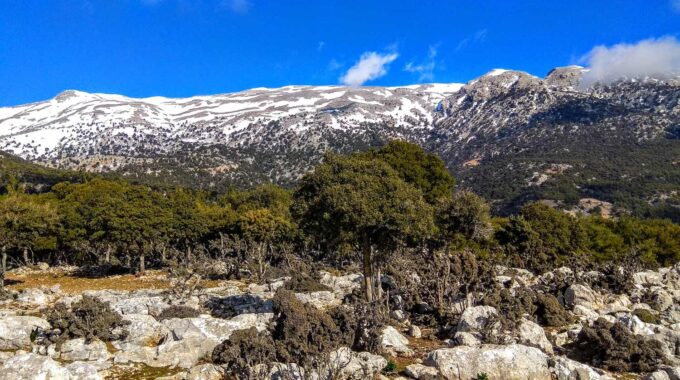
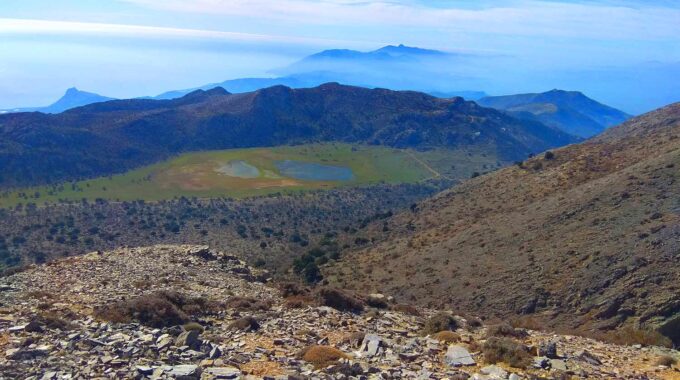
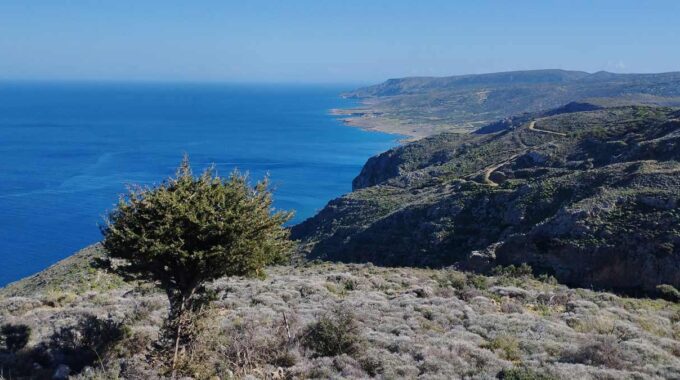
This Post Has 0 Comments